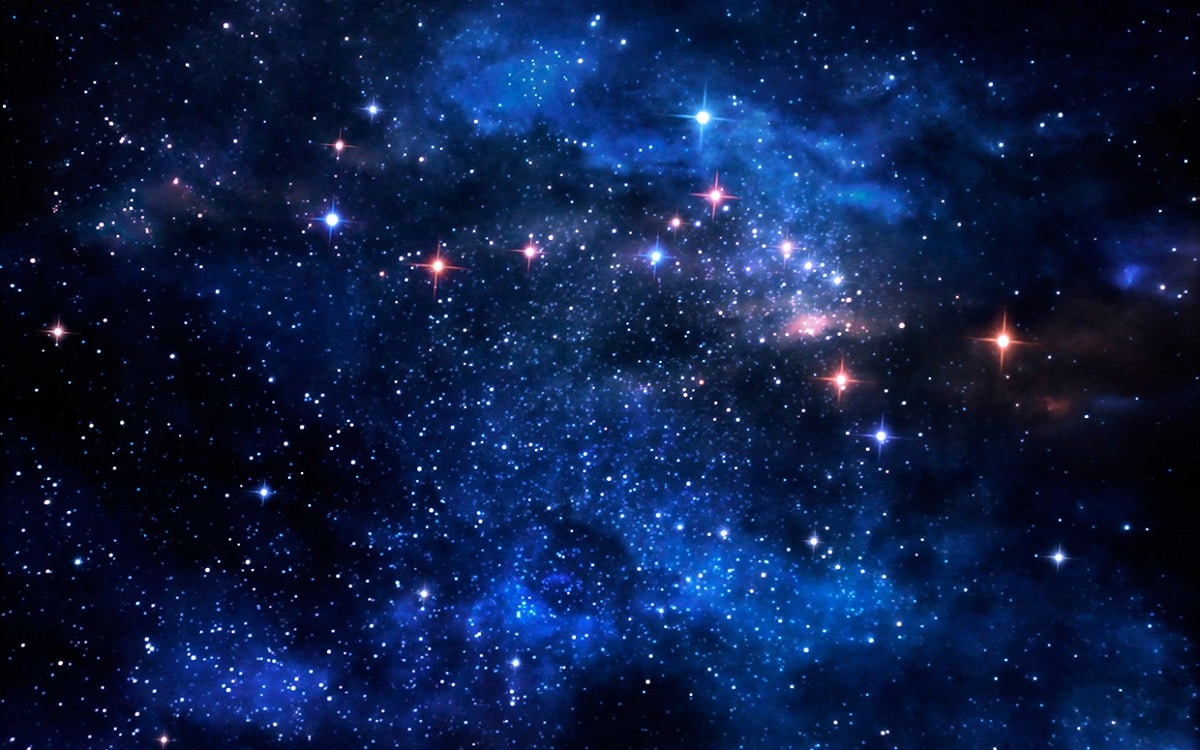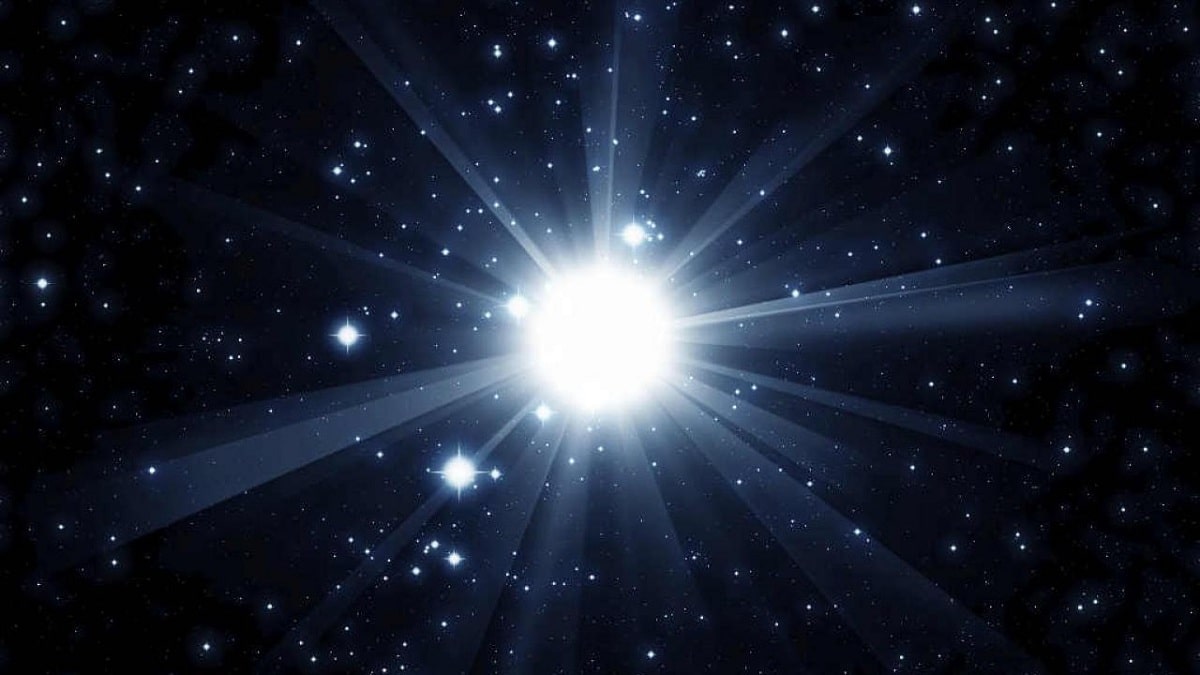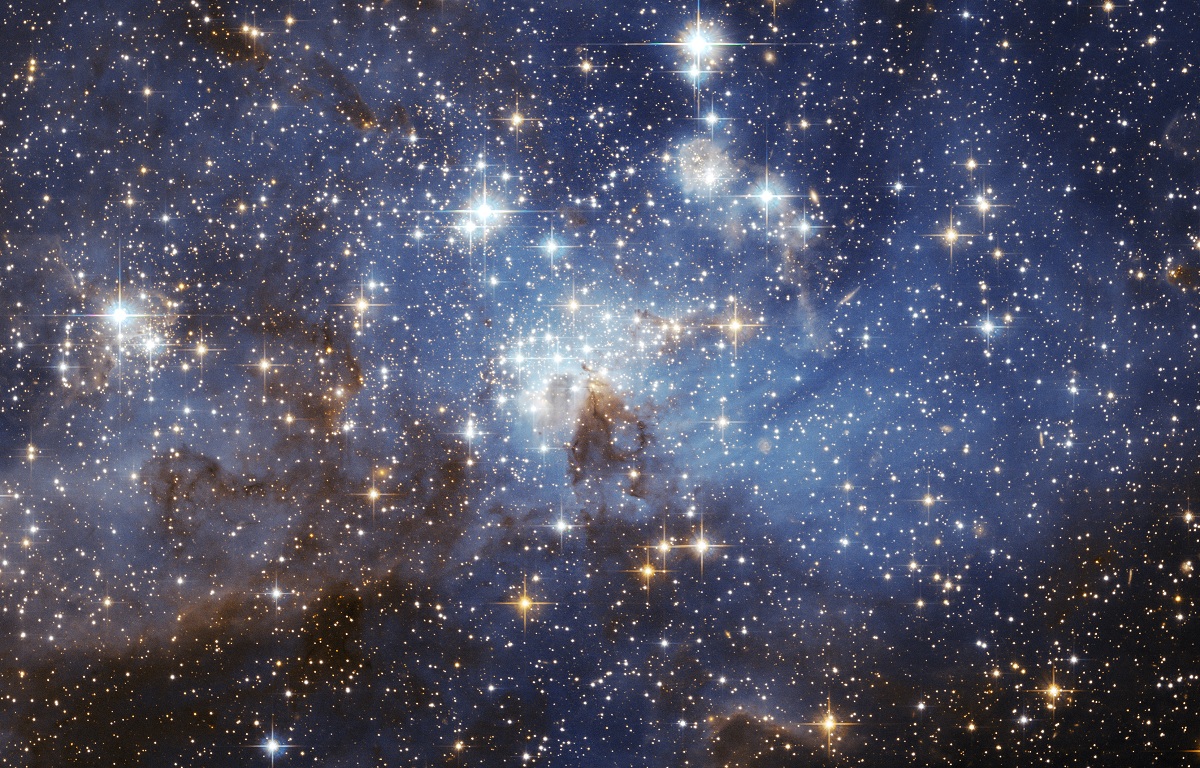
Many times we look at the sky and see the stars in the sky scattered throughout space. However, there are people who do not know very well what are the stars in a scientific way. We define a star as a large sphere of dust and gas that meets our universe and that shines on its own. That is, it is a large incandescent star that gives off its own light and appears in the sky as a point of light.
In this article we are going to tell you what stars are, what their main characteristics are and how they are formed.
What are the stars
There is room for a celestial body known to be incandescent and have its own luminosity. It not only emits light but also heat. Due to the large number of stars, the total number that exists in the universe is not known exactly. Since we also do not know the entire extent of the universe as a whole, we cannot know exactly how many stars exist. However, some of the most experienced scientists have identified many of them and made some estimates of the total abundance.
To get an idea of the total number that the sky can exist we will use a more sophisticated telescope. With this type of telescopes we can reach Observe more than 3.000 billion stars in the visible sky. This makes the total number of stars quite far from being exact.
The most dietary star on our planet is the only one that makes up the solar system. It's about the sun. It is what guarantees life on our planet as we know it. Other stars closest to our planet belong to the system Alpha Centauri is located at a distance of 4.37 light years.
Characteristics of the stars

Once we know what stars are, we will know their characteristics. They are celestial bodies that are composed mainly of hydrogen and helium. Usually sThey are usually between 1 and 10 billion years old. Given their formation and their characteristics, they are not bodies that have a uniform distribution in the universe. Normally all of these stars tend to cluster together to form galaxies. In these galaxies they contain dust and gas and it is what makes up all this grouping of stars.
There are some that are isolated and others that are arranged very closely due to the pull of gravity. These stars that are together with each other come to form true systems. There are some stars that are binary. This means that a star is made up of 2 small stars. Since there are many groupings of stars, we also see that there are multiple systems. These multiple systems consist of formations of 3 or more stars. These systems can be triple, quadruple, quintuple, etc.
Another characteristic is that they emit radiation as a result of a process called nuclear fusion. This process occurs when two hydrogen atoms join together to form a new, heavier atomic nucleus. This nuclear reaction would be of great interest to humans and their energy formation. However, large amounts of energy and temperature are required for their formation. Given the production of this process, electromagnetic radiation is produced and conducive to emitting light and producing energy.
The color depends on the temperature and the outermost layers. The colder the stars, the more red it will appear. On the other hand, those stars that are hotter give off a blue color. Once we know what stars are, we must know that they have a beginning and an end. The matter that makes them up is transformed into something else once they have fulfilled their function. As we have mentioned before, the most common is that the stars are between 1 and 10 billion years old.
Training

There are many people who do not know what stars are, but even less those who know how they are formed and how they are destroyed. Often, it is spoken of his birth from a star, if it were a living being. The formation of stars is a process that can be summarized in a simple way. After the existence of a cloud of dust and gas within a galaxy, stars are formed. Clouds of dust and gas are nebulae that are floating in the universe. In the event that there is a type of turbulence inside a nebula, either due to a collision with another nebula, some type of event occurs, andGas and dust collapse under their own gravitational pull.
To be better understood, for a star to form, hydrogen, helium, and stardust need to begin to attract each other. As the nebula rotates, it becomes smaller and these elements attract each other. As this happens, the center of the nebula becomes with a higher density and a higher temperature. This is when they start to shine. During the collapse process, the nebula acquires a hot core and collects dust and gas from around it. Sometimes it can happen that some of the existing material forms planets, asteroids and other celestial bodies. But, if all the matter in the center reaches high temperatures so that nuclear fusion takes place and energy is released, a star will be born.
Scientists have estimated that the temperature required for a star can be born around 15 million degrees Celsius. Stars that are young and have recently formed are called protostars.
What are stars: evolution
Finally, we already know what the stars are and we are going to know what their evolution is. The life cycle of stars is known as stellar evolution. It has the following stages:
- Protostars: it is the one in which its birth begins.
- Star in main sequence: this is its stage of maturity and stability.
- It depletes the hydrogen at its center: here nuclear fusion will cease and the nucleus begins to collapse in on itself and become hotter. Evolution can take different paths depending on the mass of the star. The bigger and more massive they are, the shorter is a lifetime.
I hope that with this information you can learn more about what stars are and their characteristics.
